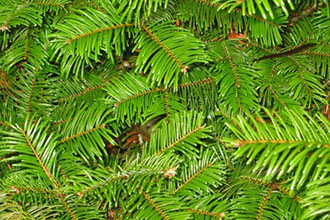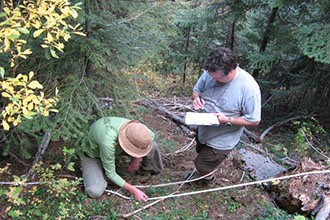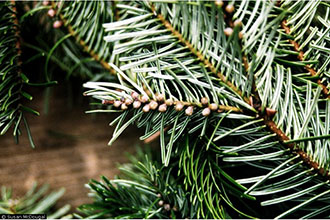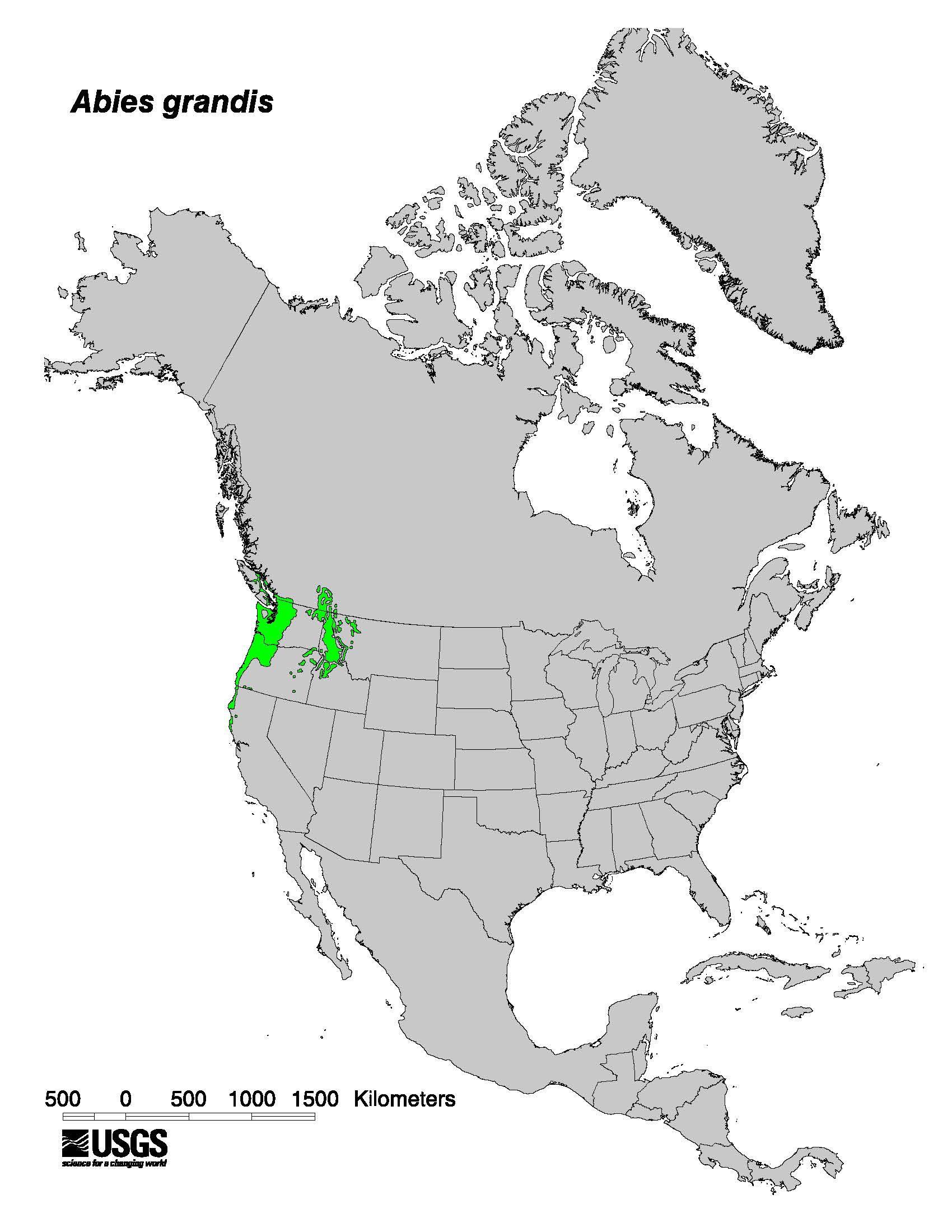Taxonomy: Kingdom - Plantae (plants). Subkingdom - Tracheobionta (vascular plants). Superdivision - Spermatophyta (seed plants). Division - Coniferophyta (conifers). Class - Pinopsida. Order - Pinales. Family - Pinaceae (pine). Genus -Abies Mill. Species - Abies grandis (Douglas ex D. Don) Lindl.
Ecology: Grand fir occurs in the overstory of both seral and late-successional forests. It is climax throughout the grand fir series and is a major seral species in some western redcedar, western hemlock, subalpine fir, and Pacific silver fir habitat types. It exhibits moderate growth in the open, yet is shade-tolerant enough to establish and grow beneath an open forest canopy. Grand fir is not as shade-tolerant as western redcedar, hemlocks, or other firs and does not establish beneath a closed canopy. Grand fir does not require disturbance to establish and persist on most sites; however, where western hemlock or western redcedar is the climax dominant, fire or other periodic disturbance is needed to maintain grand fir. Grand fir may colonize a site soon after fire or other stand-replacing disturbance. Grand fir hybridizes with white fir (A. concolor). A broad zone of intergraded grand × white fir populations occurs from northeastern Washington and Oregon south to northern California and east to west-central Idaho.



